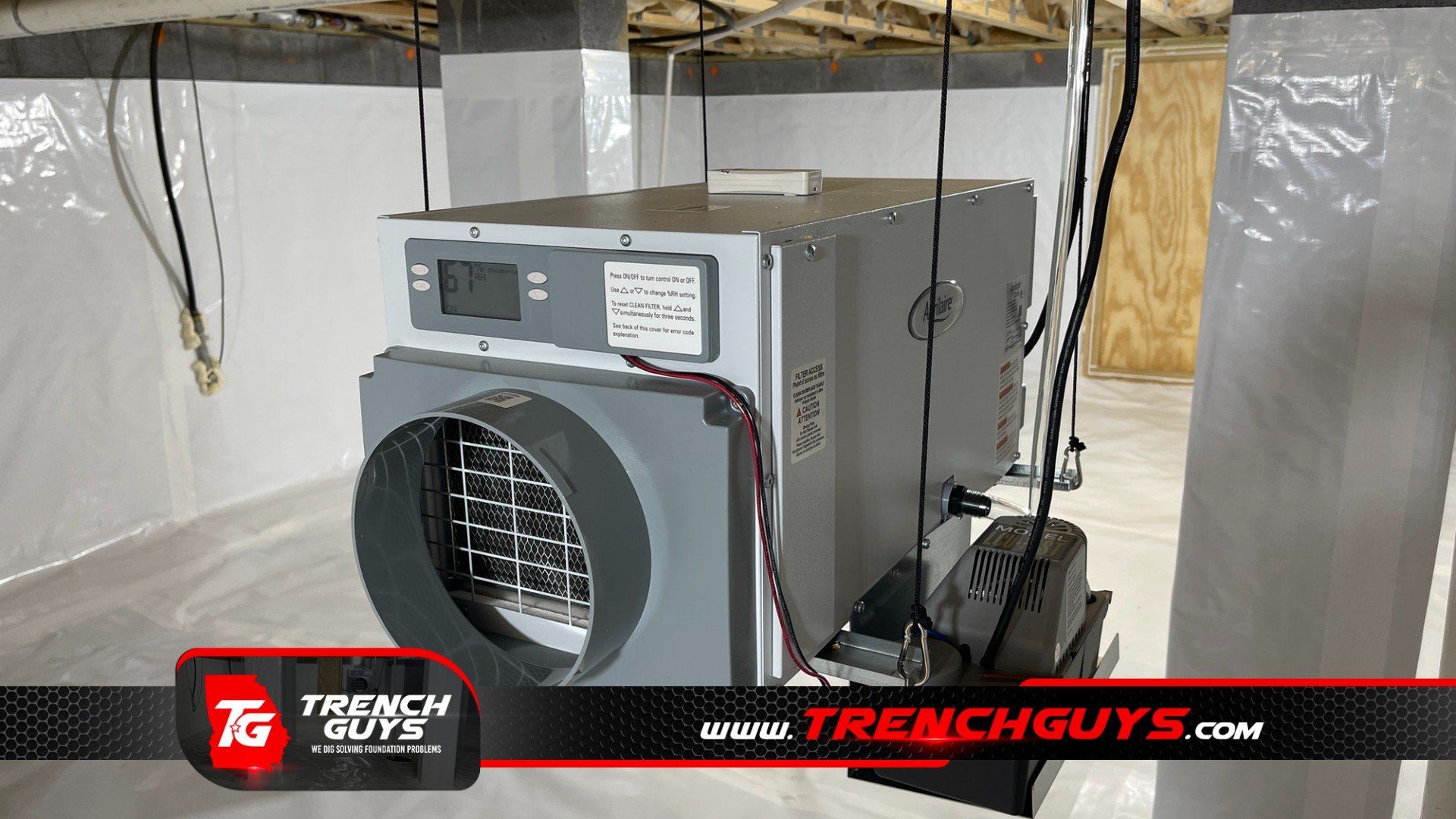As a homeowner, ensuring the health and comfort of your family is a top priority. Moisture in your crawl space is one thing that can affect the air quality and comfort of your home. Putting in a crawl space dehumidifier is a good way to control humidity and keep damage from happening. However, with so many options on the market, it can be overwhelming to choose the right one for your home. In this ultimate guide, we'll look at the things you should think about when choosing a crawl space dehumidifier so you can make a good choice.
Types of Dehumidifiers
Before choosing a crawl space dehumidifier, it's essential to understand the different types available. The most common types are:
Refrigerant Dehumidifiers
These are the most popular types of dehumidifiers and use a refrigeration cycle to remove moisture from the air. They are suitable for moderate to high humidity levels and temperatures above 60 °F.
Desiccant Dehumidifiers
These dehumidifiers use desiccant material to absorb moisture from the air. They are suitable for low-temperature environments below 60 °F and low humidity levels.
Whole-house Dehumidifiers
These are larger dehumidifiers that can handle the humidity levels of an entire house. They are installed as part of the HVAC system and require professional installation.
Portable Dehumidifiers
These are small, portable dehumidifiers that can be moved around the house. They are suitable for small areas and temporary use.
When choosing a dehumidifier, think about how humid your crawl space is, how hot it is, and how big it is. A professional can also help you determine which type is best suited for your home's specific needs.
benefits of using a dehumidifier
Installing a crawl space dehumidifier can provide numerous benefits to your home, such as:
Improving Indoor Air Quality
Excess moisture in the air can lead to mold growth and dust mites, which can affect indoor air quality and trigger respiratory issues. A dehumidifier helps reduce the humidity levels, making the air cleaner and healthier to breathe.
Preventing Property Damage
High humidity levels can cause damage to your home's structural integrity and lead to rot, mildew, and other moisture-related issues. A dehumidifier helps prevent property damage by keeping moisture levels under control.
Reducing Energy Costs
High humidity levels can make your air conditioner work harder, increasing your energy costs. A dehumidifier can reduce the humidity levels, making your AC more efficient and lowering your energy bills.
Enhancing Comfort
High humidity levels can make your home feel clammy and uncomfortable, especially during the summer months. A dehumidifier helps regulate the moisture levels, making your home more comfortable to live in.
Overall, putting in a crawl space dehumidifier can improve your home's indoor air quality, structural integrity, energy efficiency, and comfort.
Maintenance & Troubleshooting
It's important to keep your crawl space dehumidifier in good shape to make sure it works well and avoid problems. Here are some tips for maintaining your dehumidifier:
- Clean the filter regularly to prevent blockage and ensure proper airflow.
- Check and clean the drain line to ensure it's not clogged with debris.
- Keep the area around the dehumidifier clean and free of dust and debris.
- Check the humidity levels regularly to ensure the dehumidifier is working correctly.
- Schedule annual professional maintenance to ensure optimal performance.
- If you experience any issues with your crawl space dehumidifier, here are some troubleshooting tips:
- Check the power source and ensure the unit is plugged in.
- Check the drain line for clogs or leaks.
- Check the filter for blockage or damage.
- If the unit is not working correctly, contact a professional for repairs or replacement.
Proper maintenance and fixing problems right away can help your dehumidifier last longer and keep your crawl space from getting too damp.
Safety Tips
When installing and using a crawl space dehumidifier, it's essential to prioritize safety. Here are some safety tips to keep in mind:
- Follow the manufacturer's instructions for installation and use.
- Always wear gloves and protective gear when handling the unit and its components.
- Make sure the crawl space has enough ventilation so that carbon monoxide and other harmful gases don't build up.
- Keep the dehumidifier away from flammable materials and sources of heat.
- Regularly check the unit for damage and wear and tear.
- Never attempt to repair or disassemble the unit yourself. Contact a licensed professional for repairs.
- If you notice any unusual smells, noises, or behaviors from the dehumidifier, turn it off immediately and contact a professional for anor inspection.
- Prioritizing safety when installing and using a crawl space dehumidifier can prevent accidents and ensure the optimal performance of the unit. Always follow the manufacturer's instructions and seek professional assistance as needed.
Facts About Crawl Space Dehumidifiers
- Crawl space dehumidifiers are designed to reduce moisture levels in damp, humid areas.
- They are typically installed in crawl spaces, basements, and other areas of the home that are prone to high levels of humidity.
- Crawl space dehumidifiers work by drawing in air from the surrounding area and passing it through a cooling coil. This lowers the temperature of the air, which causes the moisture to condense and be collected in a tank or reservoir.
- The collected moisture is then drained away from the home, reducing the humidity levels in the area.
- Crawl space dehumidifiers are available in a variety of sizes and capacities, depending on the size of the area to be dehumidified.
- Crawl space dehumidifiers are typically powered by electricity, but some models can be powered by natural gas or propane.
Frequently Asked Questions:
How long a crawl space dehumidifier lasts?
Crawl space dehumidifier lasts depends on a number of things, such as how often it is used, how well it is taken care of, and how good the unit is. On average, a well-maintained dehumidifier can last up to 10 years.
What are the most common problems associated with crawl space dehumidifiers?
Some of the most common problems with crawl space dehumidifiers are bad installation, drainage problems, electrical problems, and parts that don't work. Regular maintenance and professional inspections can help prevent these issues.
How can I troubleshoot problems with my crawl space dehumidifier?
To troubleshoot problems with your crawl space dehumidifier, check the power source, drain line, and filter for clogs or damage. If the issue persists, contact a licensed professional for repairs or replacement.
Contact Trench Guys Today!
Trench Guys will do everything we can to ensure your experience with us is excellent.
Request A FREE Estimate
Request a Free Estimate Form
Checkout Recent Post
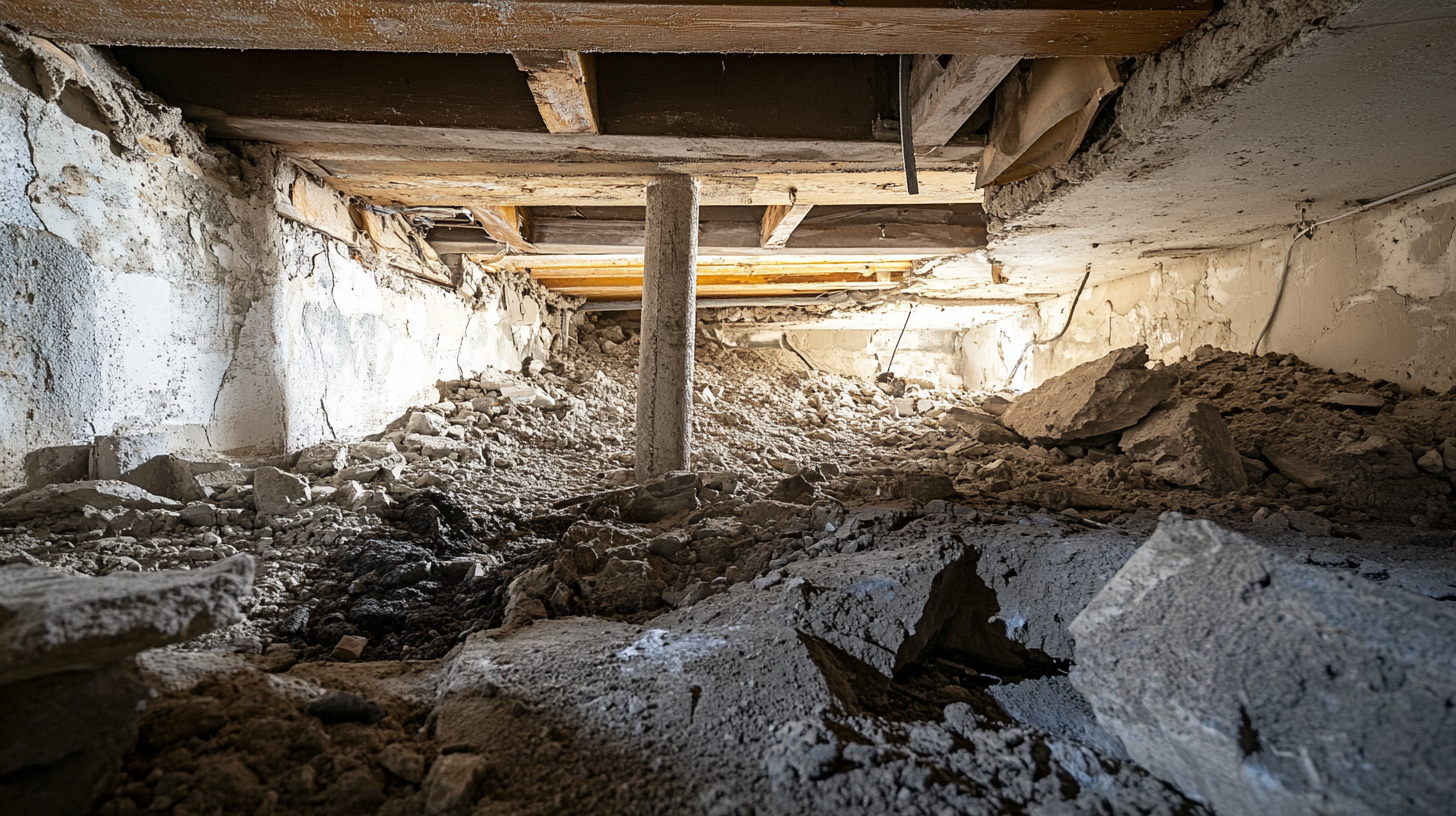
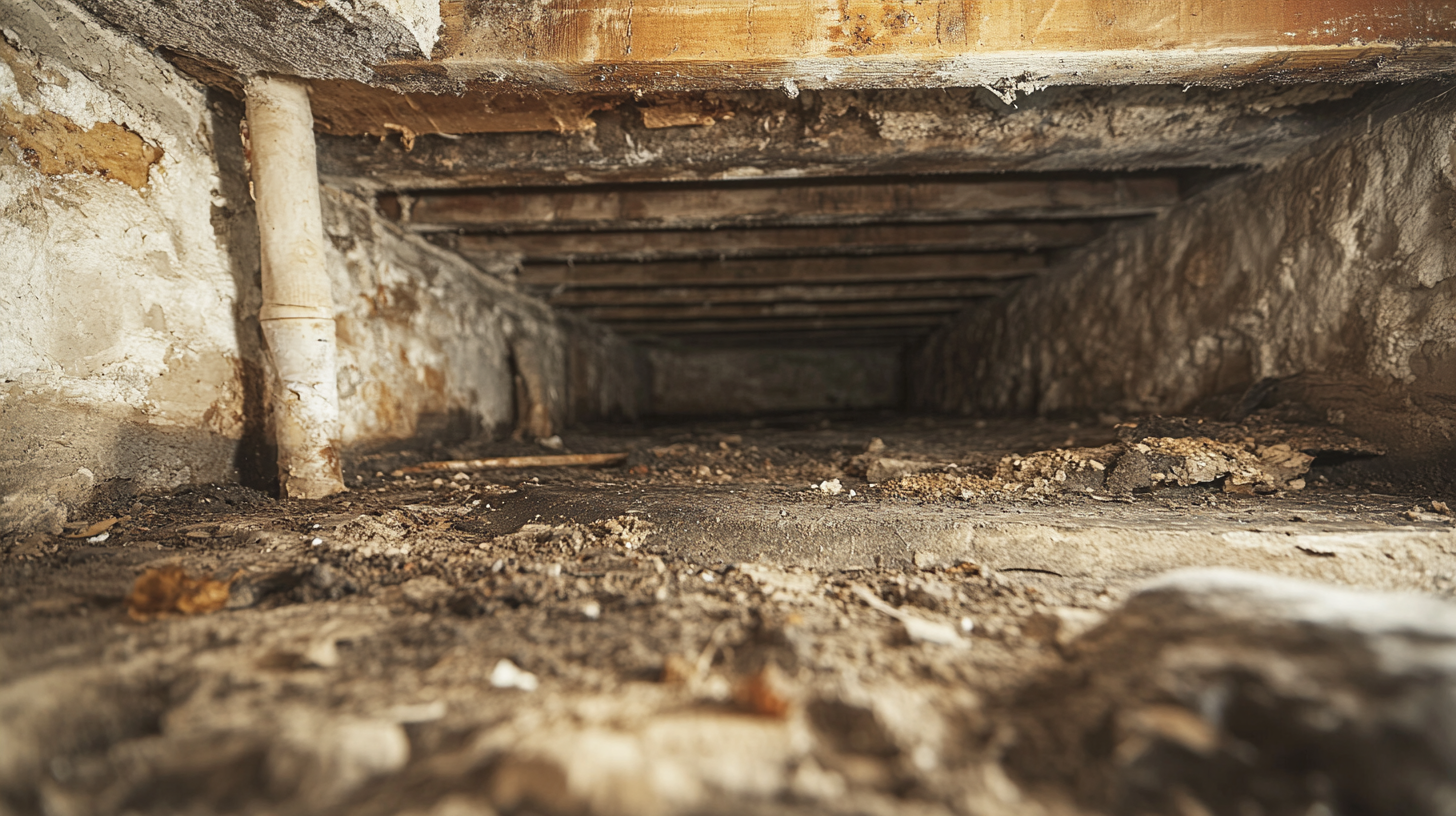
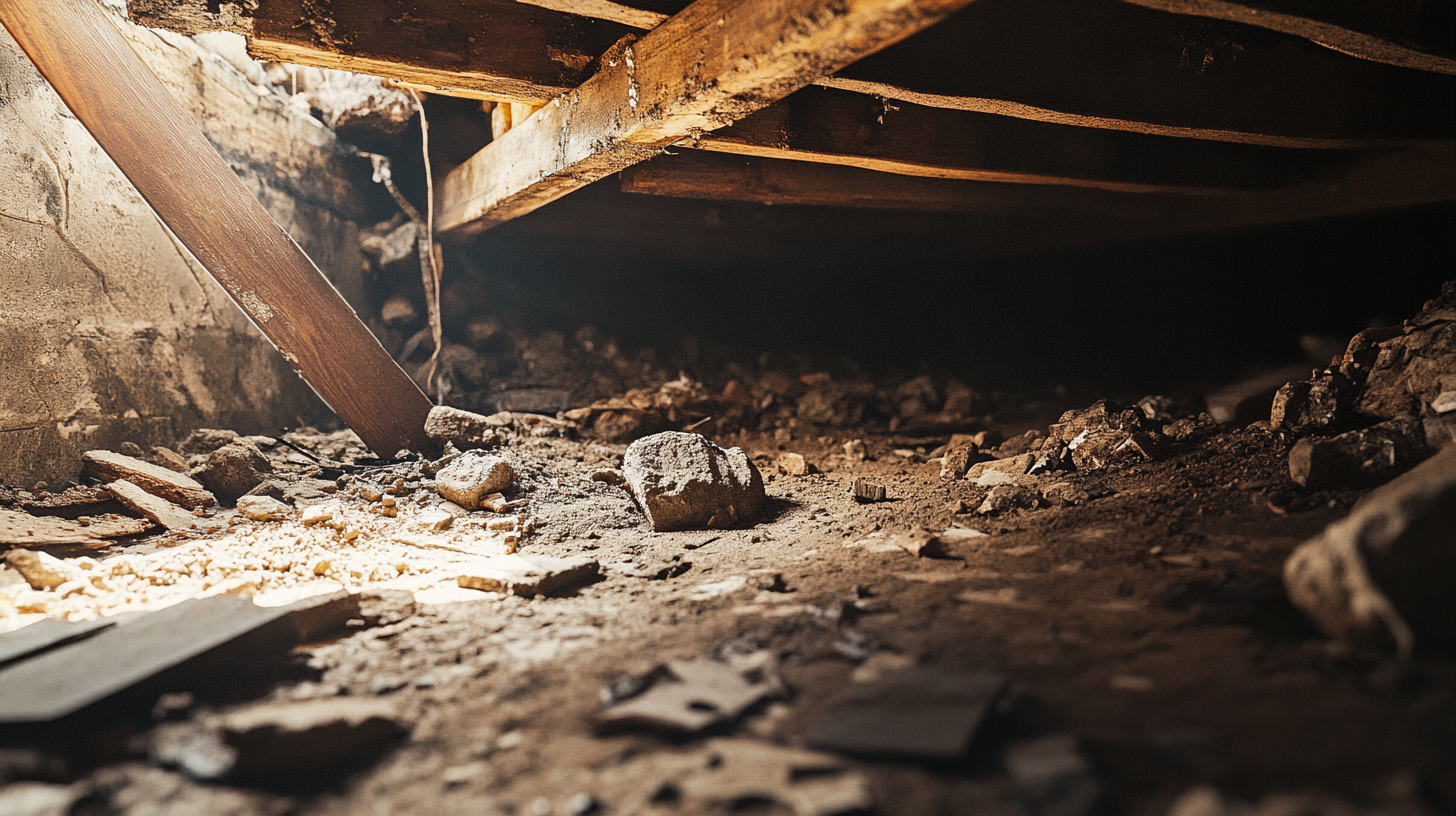
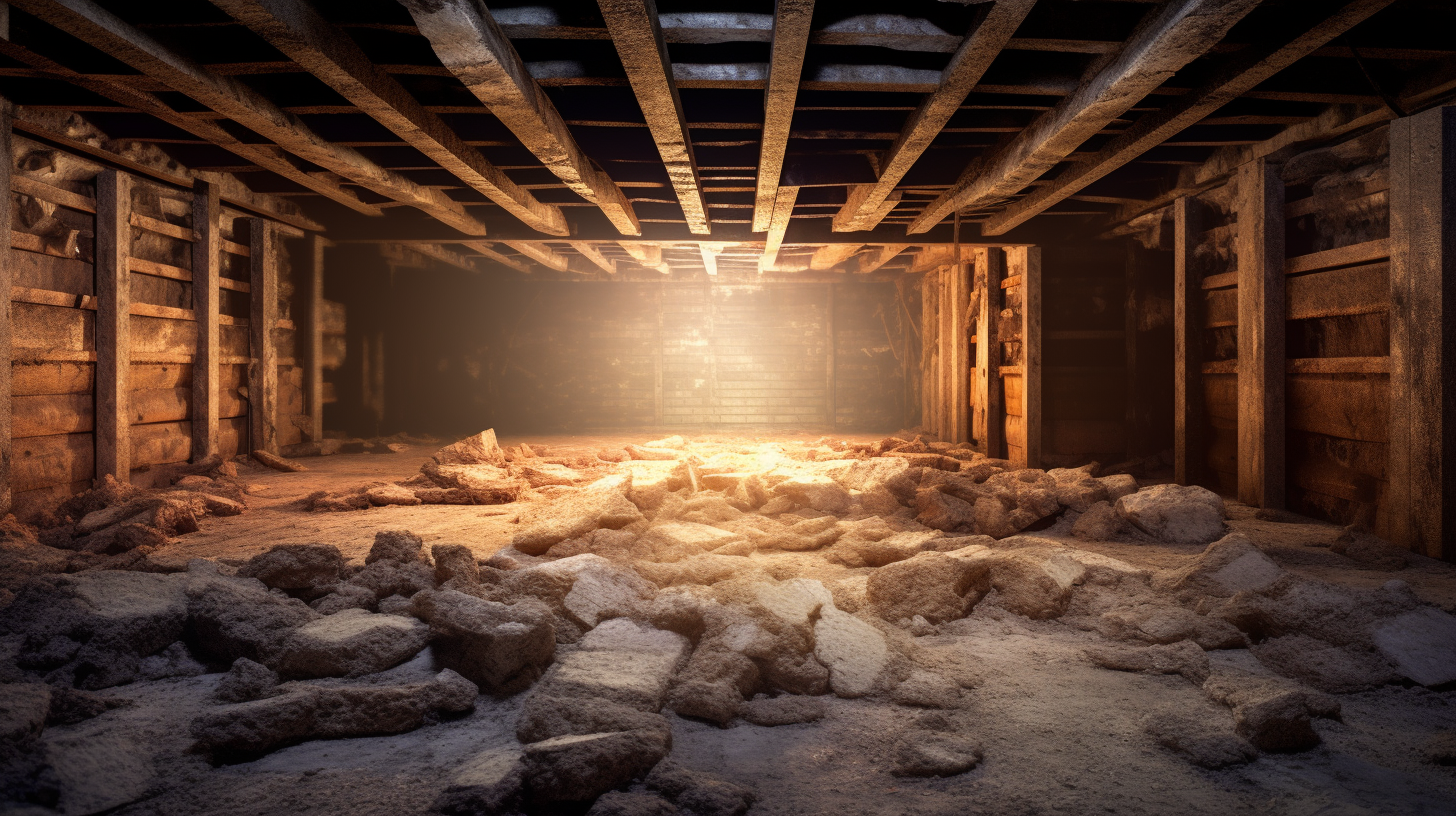
Got a Question? We’re Here to Help.
You can arrange an appointment or make an enquiry by phone or email, orget in touch to us via our contact form.


